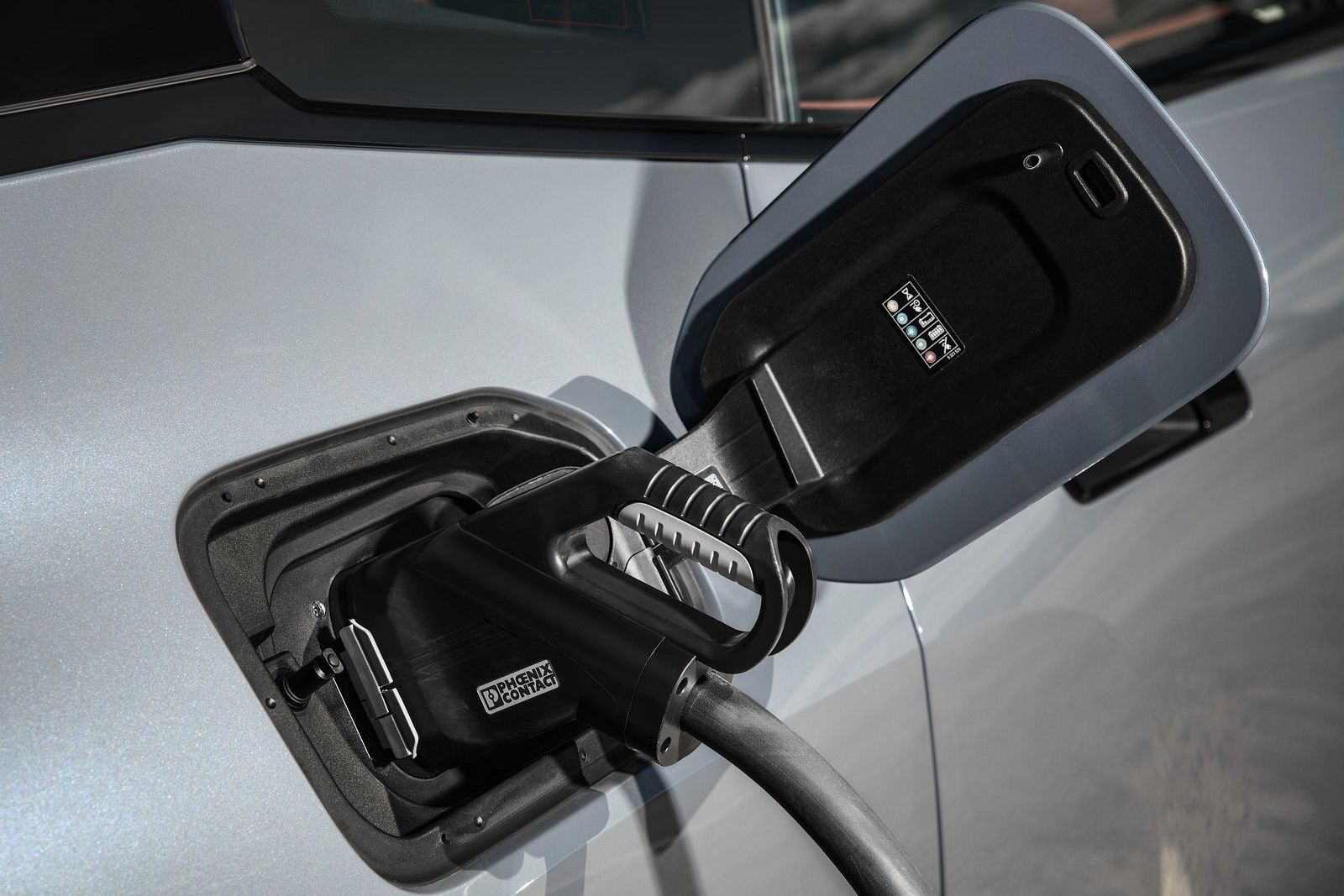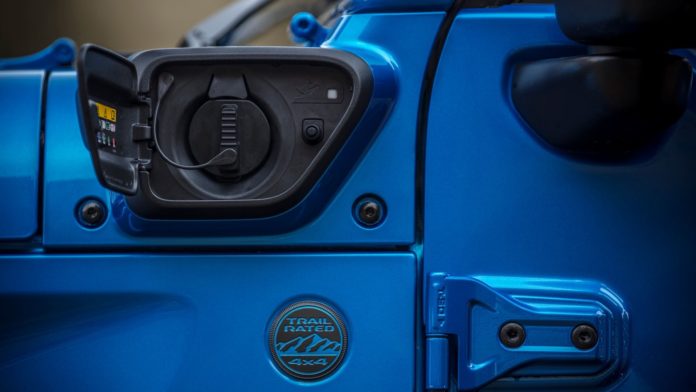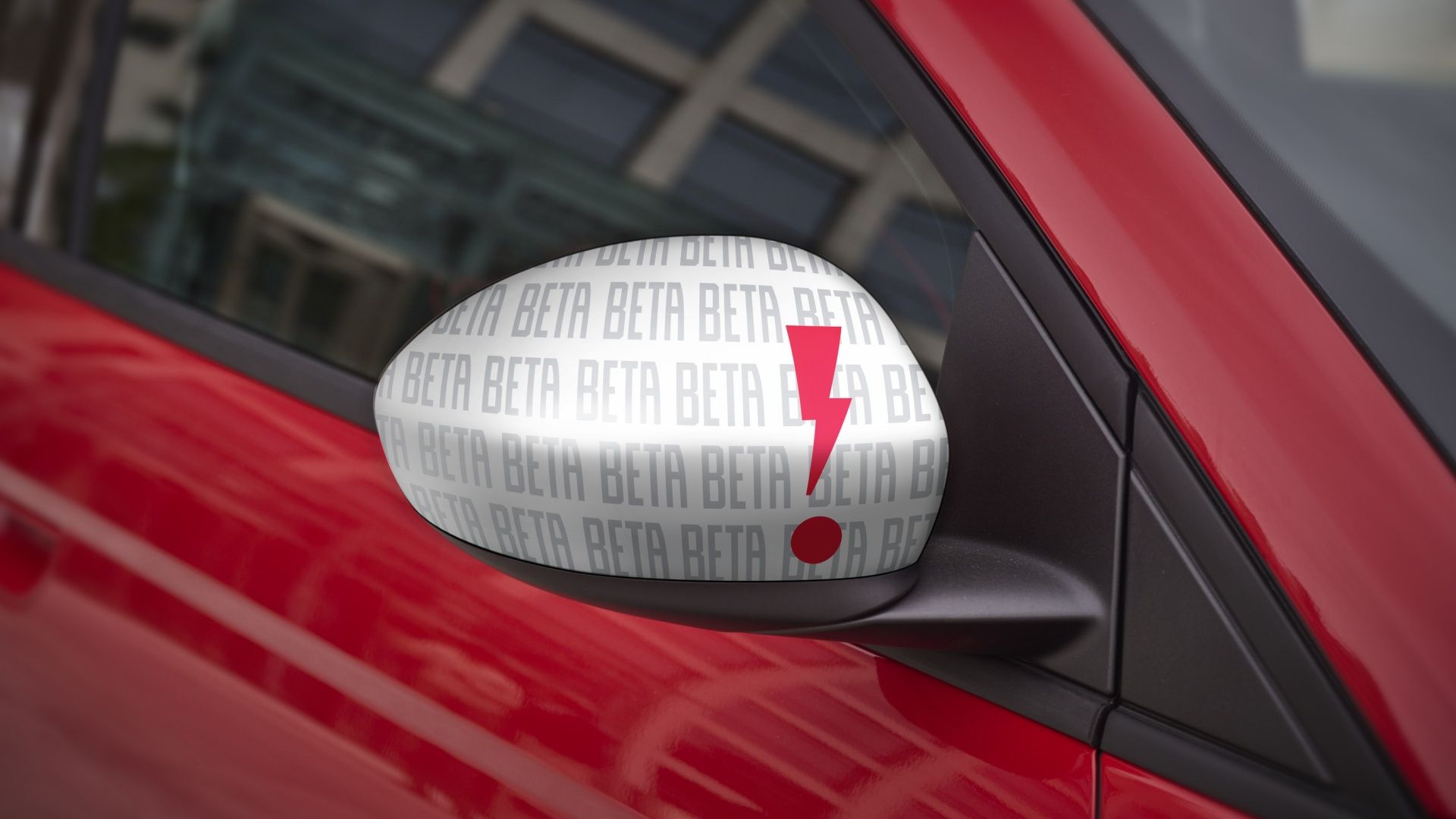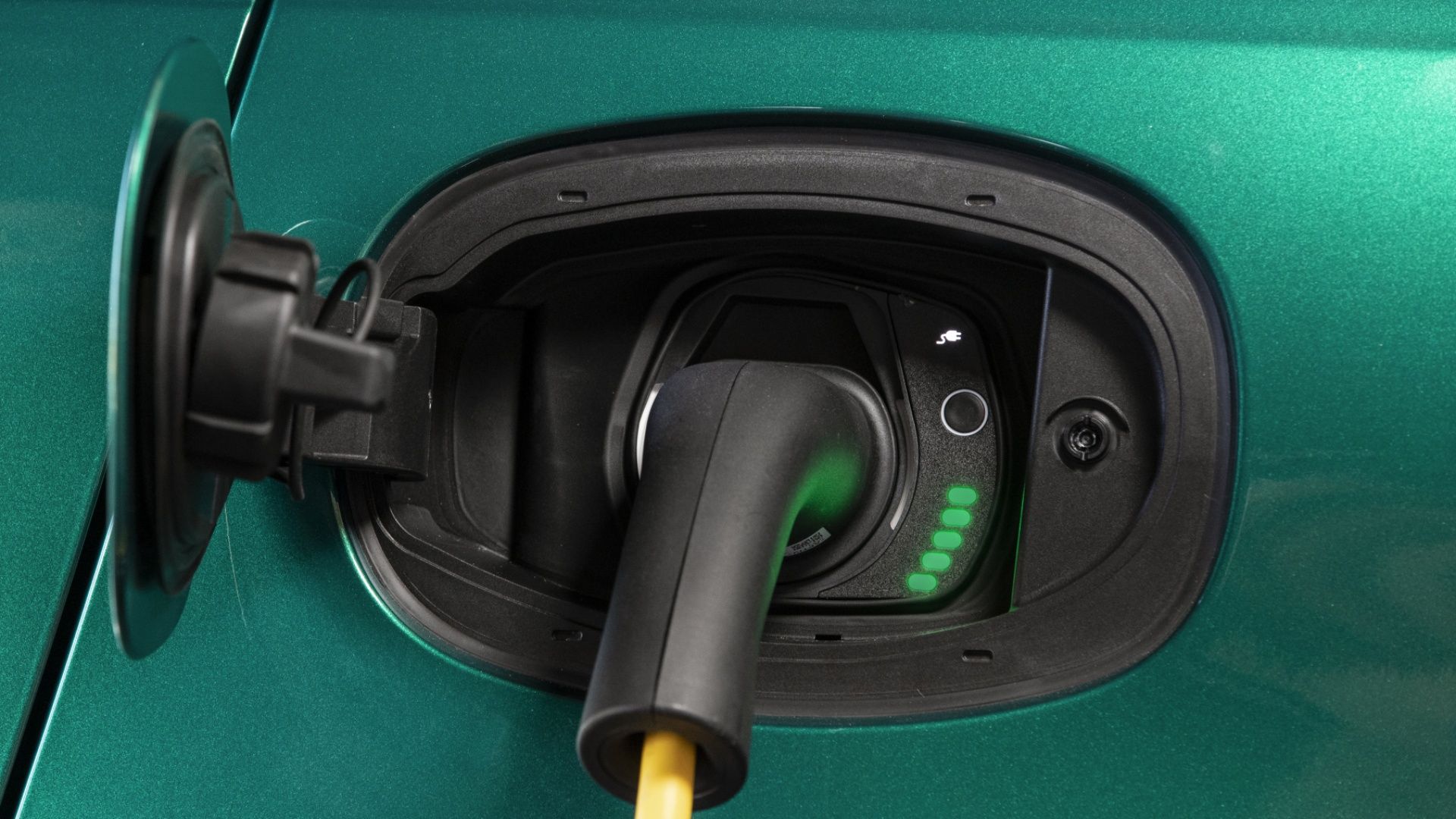Key Takeaways
- Stellantis CEO Carlos Tavares believes halving battery weight is key to successful electrification.
- Current EV batteries add an extra 1,000 pounds over gas vehicles.
- Tavares expects a battery weight reduction of 50% to happen within the next decade.
Speaking at the Stellantis Freedom of Mobility Forum, CEO Carlos Tavares said that battery weight is a significant issue. He believes that reducing that weight by half in the next decade is key to electrification.
The typical battery back for today’s EVs comes with a range of around 250 miles, although longer-range batteries are available. The weight of that battery adds roughly 1,000 pounds to the vehicle. That’s a significant amount of additional raw materials compared to what’s in a vehicle with an internal combustion engine.
Reducing Raw Materials
Much of the EV hype centers around their reduced environmental impact, but the raw materials used to make batteries like those found in the Fiat 500e brings that into question. Tavares said that reducing battery weight by half is necessary to bring the amount of raw materials in an EV down to the same levels found in gas vehicles.

Related
Harvard Scientists Develop Solid-State Battery With 10-Minute Charging Time And Unparalleled Reliability
The battery retained 80% of its capacity after 6,000 cycles, beating others in the market.
There’s also the problem of lithium. This element is in short supply and it’s difficult to mine. Smaller batteries would require less lithium making battery production easier on the environment. A breakthrough in battery technology is required in order to make this shift and Tavares thinks it will happen soon.
Lowering Weight
He expects that within the next decade, the weight of battery packs will come down by 50 percent. That’s a significant decrease in the amount of raw materials required to make a battery. A weight reduction that large would have the added benefit of improving range by lowering the overall vehicle weight.
What he doesn’t see happening is the wide adoption of hydrogen vehicles for multiple reasons. There’s the challenge of making hydrogen production clean, and there’s the challenge of price. It simply isn’t an affordable option, which makes it a hard sell for both automakers and consumers. Electrification is the way forward in his eyes with the hope of new battery technologies to make it more affordable and easier on the environment.
Such battery technologies include solid-state technology, which is more energy-dense, lighter, and more stable. The technology is on the verge of becoming viable, with Toyota, BMW, and other automakers expecting the first solid-state EVs to arrive in 2026-2027.



